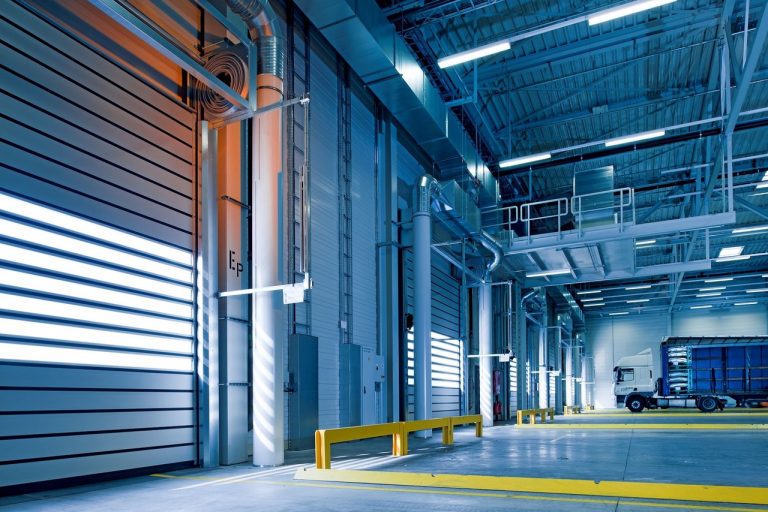Cement transports accounts up to 5% of total dry bulk trade which can be problematic and costly depending whether bulk carriers or specialized cement carriers are being used.
Cement bulk transport in holds are faced with numerous problems including humidity, contamination from previous cargoes, retention of heat when loaded warm, residue in ship holds, port handling and unloading, and storage facility issues. The final cost per ton will vary depending on various factors such as total volume, port handling and storage costs, local transport, and importer facilities.

Cement bulk transports in holds are faced with numerous problems including:
- Humidity.
- Contamination from previous cargoes.
- Retention of heat when loaded warm.
- Residue in ship holds, port handling and unloading.
- Storage facility issues.
The final cost per ton will vary depending on various factors such as total volume, port handling and storage costs, local transport, and importer facilities.
When the origin and destination ports do not have bulk unloading and storage facilities, the usage of one/two ton polypropylene bags in ship holds makes loading, unloading, and local shunting costs and processes more efficient. In addition, the usage of these bags protect the cement from humidity. As per the caveats, polypropylene bags can be costly and the number of quality polypropylene bags are limited.
In addition, the cement must be processed into bulk form from big bags to importer silos, or at the final construction site. This requires man-power, time, and special equipment to feed silos and cement mixers.
Bulk-Flow proposes the usage of the wide, varied, flexible, and economic possibilities of container shipping-lines. 20′ DV containers have a total volume of 33 m3 of which calculating the loading of 80% of the capacity would mean 26.4 m3 of capacity. Portland cement has a density of 3.15 g/cm3; therefore, the optimization of bulk loading in a 20′ DV would only be limited by weight regulations pertaining to each country and maritime regulations. Normal shipping containers make loading, unloading, and local shunting extremely easy and cost-efficient.
How can 20′ DV containers be converted into bulk containers that can transport and unload Portland cement? The obvious answer is a container linner bag; however, Portland Cement is very cohesive. This makes unloading with liner bags and tilting container trucks extremely difficult.

BULK-FLOW has developed a unique built-in fluidizing system, that enables these hard-to-flow commodities, such as Portland Cement to de-compact and flow out from the container: the Fluidizing Liner. Our solution makes unloading Portland Cement into silos or on construction sites a standard proccess from the container into the works with a rotary valve.
The flexibility of container transport through (a) the shipping lines, (b) local shunting from ports to final destinations, and (c) intermodal inland transport through rail connections from ports to the main metropolitan areas – makes an argument for containerized portland cement transport using BULK-FLOW directly to silos or construction plants.

Don’t leave without becoming a BULK-FLOW Insider!


